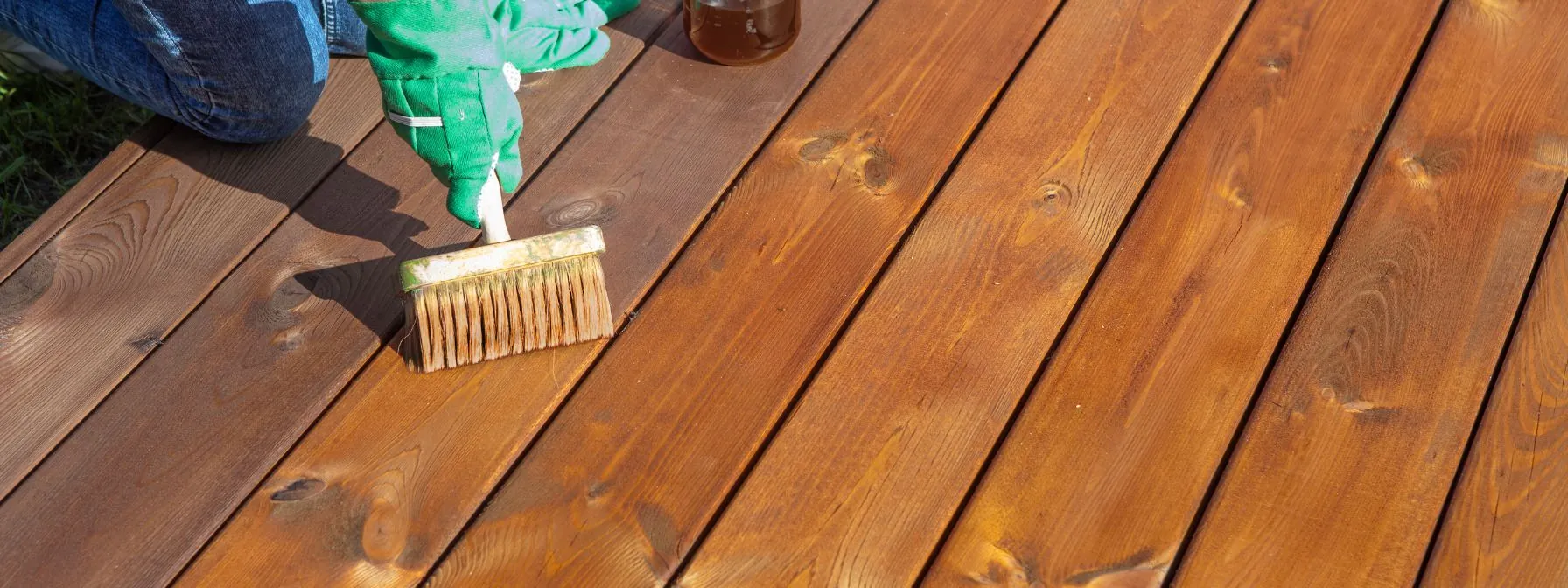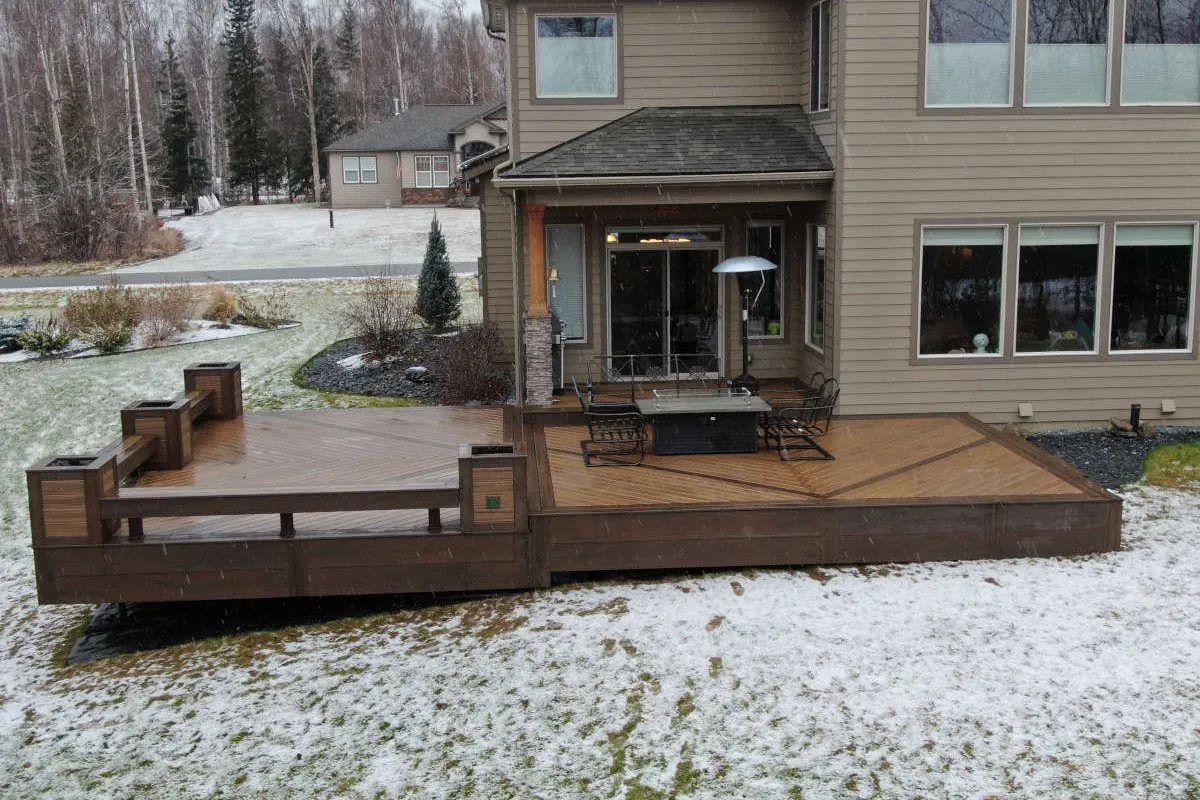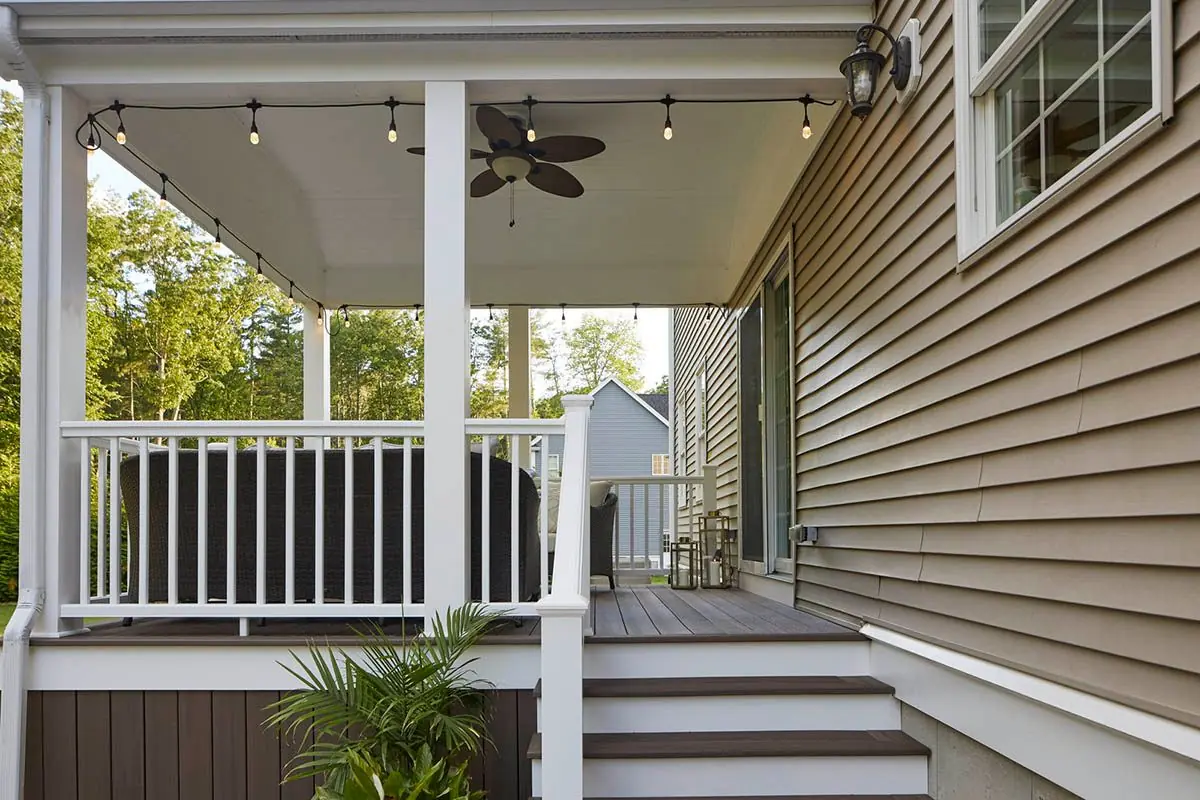A wood deck is a valuable addition to any home, providing a space for relaxation and outdoor activities. However, it is natural for a homeowner to want to protect that investment and get the most out of their deck as possible. The longevity of a wood deck depends on several factors, including the type of wood, quality of construction, and maintenance practices.
In this comprehensive guide, we will answer questions such as “How long does a wood deck last?” ” What signs indicate a deck needs repair or replacement?” and ” How does regular maintenance extend its life?” Understanding these aspects will help homeowners make informed decisions about their decks, ensuring they remain safe and enjoyable for years to come.
I. Factors That Affect the Life Span of Your Wood Deck
Several factors impact a wood deck’s lifespan. Understanding these factors is essential for proper maintenance and long-term durability, ensuring your deck remains safe and aesthetically pleasing for years. Let’s take a closer look and see what you should have in mind when it comes to protecting your deck year after year:
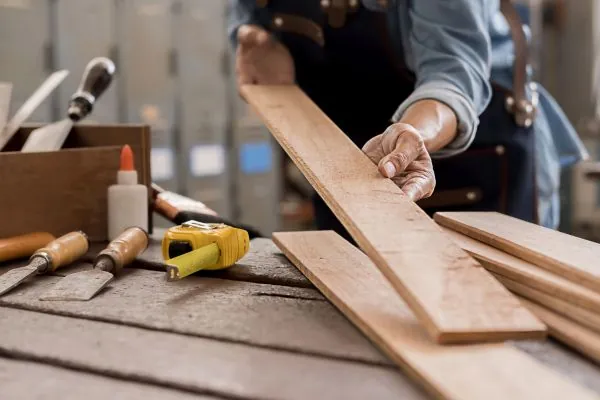
A. Type of wood (treated vs untreated)
The type of wood significantly affects the lifespan of a wood deck. Treated wood typically lasts longer than untreated wood because it is infused with chemicals that resist rot and insect damage. In contrast, untreated wood is more vulnerable to these issues, shortening its life span. When choosing wood for your deck, consider treated wood for better durability. Understanding these factors can help ensure your wood deck remains sturdy and safe for years.
B. Location
The location of your wood deck plays a crucial part in terms of environmental factors and its longevity. Decks exposed to harsh weather conditions, such as intense sunlight, heavy rainfall, or high humidity, tend to wear out faster. Conversely, a deck in a more sheltered area may experience less wear and tear. It is essential to assess the location and take appropriate measures, like applying a protective coating, to extend the life of your wood deck in varying climates.
C. Quality of Lumber
The quality of lumber used in building your deck directly impacts how long it will hold up and last. High-quality, dense lumber is less likely to warp, crack, or succumb to rot and insect damage. In contrast, lower-quality lumber may degrade faster, necessitating more frequent repairs and replacements. Investing in premium lumber right from the start ensures a sturdier, longer-lasting deck, reducing long-term maintenance costs and preserving the deck’s integrity.
D. Distance from the ground
The distance from the ground to your wood deck can have a surprising effect on its life span. Decks closer to the ground are more susceptible to moisture and insect damage due to reduced airflow and higher humidity. Elevating your deck helps reduce these risks, promoting better ventilation and faster drying, which is vital in wetter areas. Proper construction and an adequate distance from the ground are key to ensuring your wood deck remains sturdy and stable.
E. Coating/Sealant Used
The type and quality of coating or sealant used on your wood deck significantly affect its longevity. A high-quality sealant protects against moisture, UV rays, and wear, preventing rot, warping, and fading. Regularly applying a suitable sealant extends the life of your deck, keeping it looking new and maintaining its structural integrity. Choosing a suitable sealant and applying it correctly is crucial for long-term durability and appearance.
II. Maintaining Different Types of Wood Decks
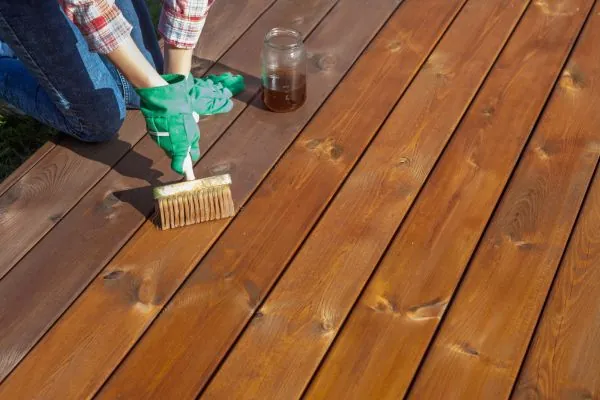
Regular maintenance and cleaning are the only ways to preserve the beauty and durability of wood decks. Learn practical strategies to maintain various wood types for longevity and enhance your outdoor space’s appearance.
A. Proper cleaning and maintenance techniques
Proper cleaning and maintenance techniques are essential for extending the life of your wood deck. Regularly sweeping away debris, washing with a gentle cleanser, and removing stains promptly prevent damage and decay. It’s also essential to inspect for signs of wear, such as loose boards or nails, and address them immediately. These practices help maintain the deck’s appearance and functionality, ensuring it remains safe and enjoyable for years.
B. Annual maintenance
Annual maintenance is crucial for preserving the longevity and appearance of your wood deck. This includes a thorough cleaning, inspection for damage, and reapplication of sealant or stain as needed. Regular maintenance prevents minor issues from becoming major problems, ensuring the deck remains sturdy and visually appealing. By committing to annual upkeep, homeowners can significantly extend the life of their wood deck, protecting their investment.
III. Specific Deck Maintenance for Redwood, Mahogany, and Cedar
Tailored redwood, mahogany, and cedar maintenance techniques are crucial for optimal deck performance. Below are the best practices for each wood type to ensure lasting beauty and durability.
Maintaining redwood, mahogany, and cedar decks requires specific cleaning, sealing, and staining techniques. Clean them regularly with a mild detergent and soft brush to remove dirt and prevent mildew. Seal and stain them annually to protect against moisture and UV damage, enhancing their natural beauty. Choose products designed for these wood types to ensure optimal protection and longevity, keeping your deck in excellent condition.
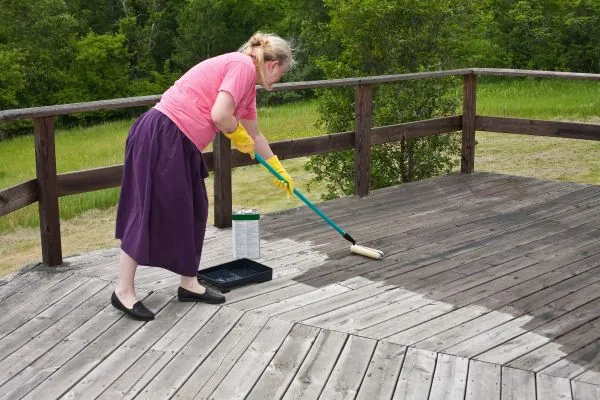
IV. Composite Decks: How Long Do They Last?
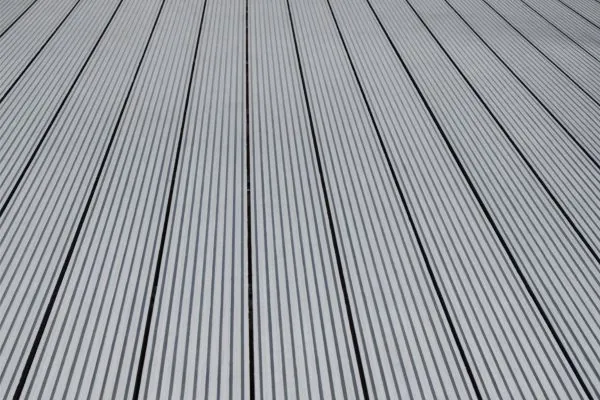
Composite decks are renowned for their durability and low maintenance, often lasting 25-30 years. They resist weathering, staining, and fading better than wood, making them a long-lasting, practical choice for outdoor spaces.
A. Comparing lifespan to wood decks
Composite decks generally have a longer lifespan than wood decks, often lasting 25 to 30 years or more. Unlike wood, composite materials resist rot, insect damage, and weathering without frequent sealing or staining. While the initial cost is higher, the reduced maintenance and longer life span make composite decks a cost-effective alternative to traditional wood decks over time.
B. Proper maintenance for composite decks
Proper maintenance for composite decks involves regular cleaning to remove dirt, leaves, and debris. Use a soft brush and mild soap to prevent staining and mold growth. Avoid harsh chemicals and pressure washing, which can damage the composite material. Following these maintenance practices helps preserve the deck’s appearance and extends its life, ensuring it remains a durable and attractive outdoor space.
V. Extending the Life of Your Wood Deck
How long does a wood deck last? It can be 25-30 years or longer with the proper maintenance and cleaning. Here are some of the ways how to extend the life of your wood deck.
A. Choosing a high-quality wood
Choosing high-quality wood is essential for extending the life of your deck. Select durable, dense wood species known for their rot and insect damage resistance, such as cedar, redwood, or pressure-treated pine. Investing in premium lumber ensures a longer-lasting deck, reducing the frequency of repairs and replacements. High-quality wood enhances the deck’s overall aesthetic and structural integrity, providing long-term value.
B. Hiring a professional for maintenance
Hiring a deck maintenance professional can significantly extend the life of your wood deck. Professionals have the expertise to identify and address potential issues, apply the appropriate sealants and treatments, and perform repairs precisely. Regular professional maintenance ensures that your deck remains in optimal condition, preventing costly damage and prolonging its usability. This investment in professional care enhances the deck’s durability and appearance.
C. Regular cleaning and sealing
Regular cleaning and sealing are vital for preserving the longevity and appearance of your wood deck. Clean the deck periodically to remove dirt, debris, and stains, preventing mold and mildew growth. Apply a high-quality sealant annually to protect against moisture, UV rays, and wear. These proactive measures ensure the deck remains in excellent condition, reducing the need for extensive repairs and extending the wood deck’s lifespan.
VI. Conclusion
Regular maintenance and informed choices about materials and construction are crucial for extending the lifespan of wood decks. By understanding the factors affecting their lifespan, practicing proper maintenance, and considering professional assistance, homeowners can enjoy a durable and attractive deck for many years. Investing time and effort in these practices enhances the deck’s appearance and maximizes its functional lifespan, providing long-term value and enjoyment. Call the local deck pros and get started on your dream deck addition today!

